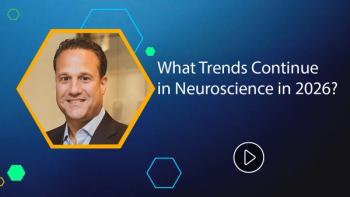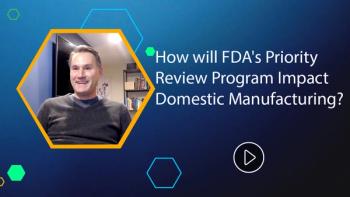
Why Social Media Won't Replace Pharma Meetings
I read a blog post recently where Brian S. McGowan, PhD, predicted 50 percent of medical meetings will be replaced by virtual courses within five years. I don’t know about the number, but the logic is probably right. I’m sure a lot of CME can be delivered as well online as it can in person, possibly better.
I read a blog post recently where
Peter Houston
The post got me thinking about the future of industry meetings in general - militant pixelheads have had conferences and congresses on the same death-watch as newspapers and magazines for years. It’s intriguing then that the possibly the only industry on the planet that seems to have more conferences,seminars and meetings than the pharma industry is the social media sector.
Speaker-led events are a long established way for people to learn and share ideas. Big Pharma and upstart social media agencies may be at the opposite end of the evolutionary scale of business, but they definitely have one thing in common - massive, rapid change - and in times of disruption, learning is everything.
So when we can access every musing of our industry colleagues through their blogs, Twitter streams and YouTube channels, why do we still find real world events such a strong draw? With all this knowledge literally at our fingertips why do we still get on planes and buses and trains and travel for hours to listen to presentations we’ll eventually be able to get at our own desktops.
The stock answer is “the hallway conversations”, the people you can actually meet and interact with at conferences. Seth Godin is reported to have said that delegates to Ted conferences should skip the talks, watch them later online and make the most of the time to meet other people.
Fair enough, but is the potential of a meaningful conversation enough for me to pay $1,500 to attend a one day event? Aren’t you just going to connect with everyone you meet on LinkedIn anyway. Right?
No, connecting with everyone and anyone is a bad idea. Writing on the Harvard Business Review blog network VP of Social Media at Vision Critical Alexandra Samuel says you should run the
I meet a lot of people at a lot of conferences that I never connect with on LinkedIn. I’ll diligently file all their business cards in my Rolodex, but I’ll only make the effort to send a LinkedIn invitation to the people that I actually relate to face-to-face. Conversely, I’ve also met people in the real world after connecting online and wondered how they ever made it past security.
The point is, the enduring benefit of face-to-face meetings is we get to qualify connections, vetting them according to common interest, how well they actually communicate in real-life and whether we feel we can trust them.
In an article for Forbes last year,
Social media is great for recommendations when you’re looking to buy a book or a new coffee maker, but are you going to buy a manufacturing line or engage a marketing agency purely on the number of ‘Likes’ they get? Unlikely. You want to look into the eyes of your suppliers and partners and an industry conference is the perfect place to cram lots of those vetting sessions into a relatively short space of time.
Economics, not Facebook, will have a bigger impact on the future size of the professional meetings industry. Revenues are generally flat, but it’s squeezed travel budgets forcing the non-attendee agenda, not the magical powers of social networking. According to an
The same infographic highlights a list of social media tactics that meeting organisers are doing to improve the experience for delegates and boost their numbers. Mobile apps are being used by 33 percent of conferences with 42 percent intending to release an event app in the near future. LinkedIn and Facebook are being used to communicate with delegates by over 70 percent of organisers; Twitter by over 60 percent; and blogs, podcasts and YouTube by more than 30 percent. Streaming video and WiFi availability are also on the agenda.
Clearly the pharma sector’s conference organisers are working hard to combat the twin pressures tightening travel budgets and technology to keep their events valuable and relevant. The best case scenario for attendees is that marginal events will quietly fade away leaving the absolute best to survive and thrive, the best being those with the best learning opportunities and the best real-world and online networking opportunities.
Peter Houston is former Group Content Director for Advanstar Pharma Science. He is now an independent media consultant and founder of
Newsletter
Lead with insight with the Pharmaceutical Executive newsletter, featuring strategic analysis, leadership trends, and market intelligence for biopharma decision-makers.





